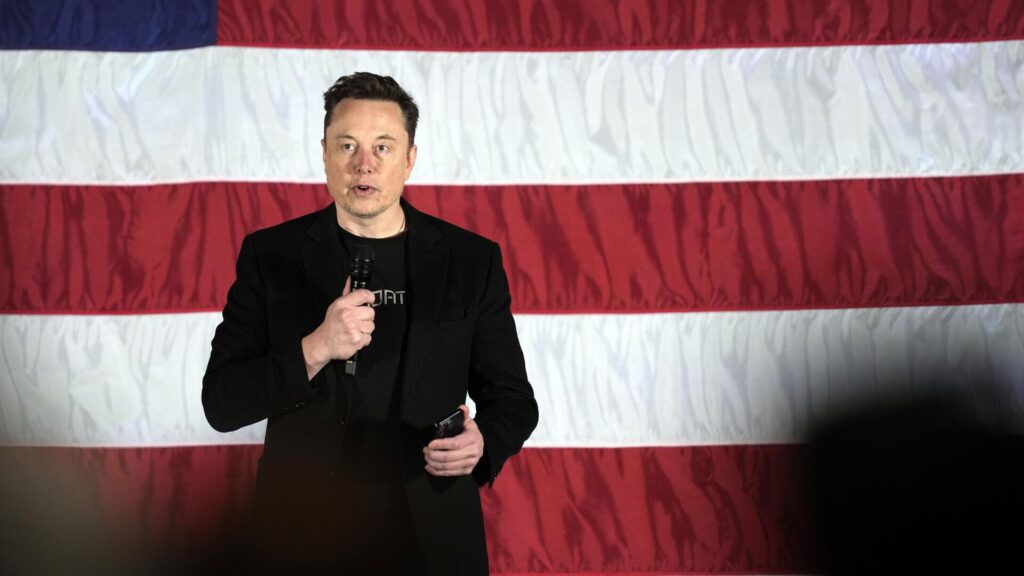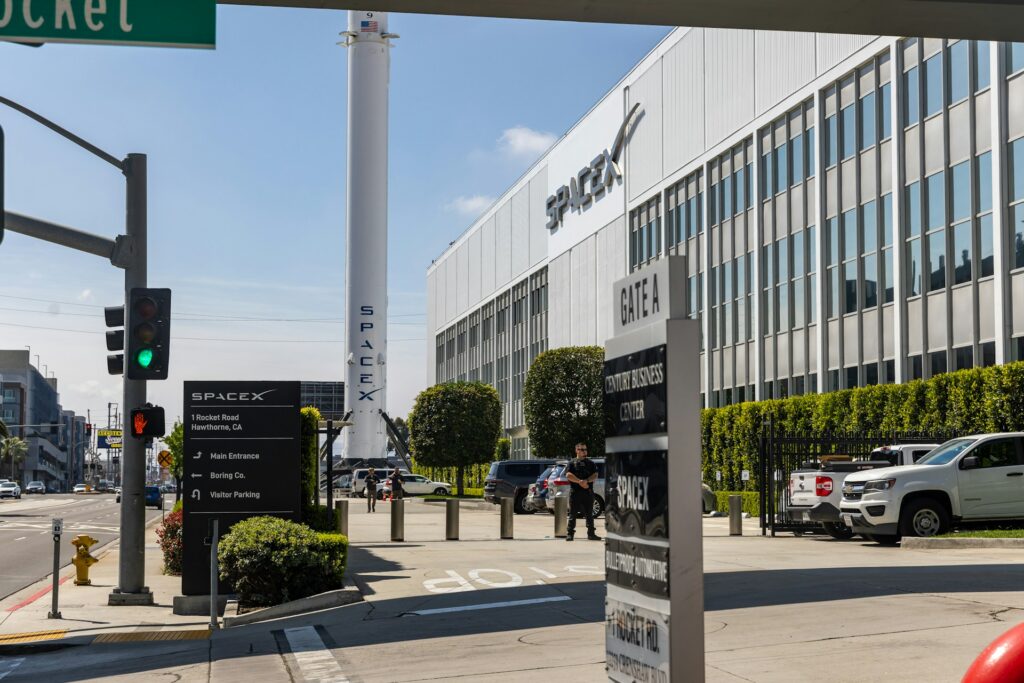

In a surprising move, President-elect Donald Trump has appointed Elon Musk, CEO of Tesla and SpaceX, to co-lead the newly established Department of Government Efficiency (DOGE). Partnering with entrepreneur Vivek Ramaswamy, this advisory body aims to overhaul government operations by cutting bureaucracy, reducing unnecessary expenditures, and restructuring federal agencies. Set to collaborate with the White House and the Office of Management and Budget, DOGE targets completing its reforms by July 4, 2026, coinciding with the United States’ 250th anniversary.

Musk’s appointment signals his growing influence in public affairs, underscored by his support for Trump’s 2024 presidential campaign. While some hail his involvement as a step toward leveraging private-sector expertise for governmental efficiency, others raise concerns about potential conflicts of interest due to Musk’s leadership of companies like SpaceX and Tesla, both of which hold substantial government contracts.
Amid these developments, attention has also turned to Musk’s transformative efforts in another sphere: education. Could his philosophies and initiatives reshape not only the efficiency of governance but also the very fabric of the U.S. education system?
In 2014, Elon Musk co-founded Ad Astra School in California, initially created to educate his own children and those of SpaceX employees.

The school represents Musk’s vision of what education should be—innovative, adaptable, and aligned with the demands of the modern world.
While Ad Astra began as a small, private initiative, the success of its innovative approach has sparked interest in expanding this model. Reports suggest that Musk is considering opening additional schools that adopt similar philosophies, potentially bringing this revolutionary form of education to more students.
Musk’s educational philosophy aligns with the idea that learning should feel like a video game—engaging, interactive, and rewarding. By focusing on practical applications of knowledge, students remain motivated and can see the real-world impact of their studies.
Elon Musk’s influence on US education, particularly in STEM fields, is significant. His schools prioritize:
This approach addresses the declining interest in STEM subjects among students. By making learning engaging and relevant, Musk’s educational initiatives aim to cultivate the next generation of innovators and problem-solvers.
For more insights on reviving interest in STEM through innovative methods, you can read our article on Why Interest in STEM Declines and How VR Revives It.
The traditional education system has been criticized for not keeping pace with the rapid changes in society and technology. Musk’s schools aim to bridge this gap by:
The world is changing faster than our education systems can keep up, making it more important than ever to consider how we can adapt learning to the modern era. For a thought-provoking perspective on this, take a look at the interesting concepts explored in our article, which highlights the urgency of finding new, innovative methods to reshape and improve how we teach today’s students.

Virtual reality (VR) plays a crucial role in modernizing education. By incorporating VR in the classroom, students can:
The use of VR education aligns with Musk’s emphasis on hands-on, technology-driven learning, preparing students for a future where such skills are essential.

While Musk’s innovative approach has many supporters, it’s important to consider potential challenges:
Elon Musk’s involvement in education represents a significant shift towards integrating technology and practical skills into the learning process. His initiatives challenge the status quo, pushing for an educational system that is dynamic, engaging, and aligned with the needs of the modern world.
By focusing on hands-on learning and embracing tools like virtual reality, Musk is not only influencing how students learn but also inspiring educators and policymakers to rethink education. His approach underscores the importance of preparing students for a rapidly changing future, where innovation and adaptability are key.
Frequently Asked
We prodive VR biology, VR physics, and VR chemistry simulations. Please, check our catalog.
Please, fill the form to get demo labs for free.
Please contact our customer support service at support@xreadylab.com or book a call with the team to find out the conditions and book the VR class set up at your school.
Subscription to XReady Lab interactive VR labs. If you are a school, then you are also given access to the VR classroom system. VR class system helps you easily launch VR lessons for a large number of students, follow the experience of each student, as well as customise the content without developers.
We adhere to the world’s generally accepted recommendations and research. Our products are suitable for children from 12 years old.